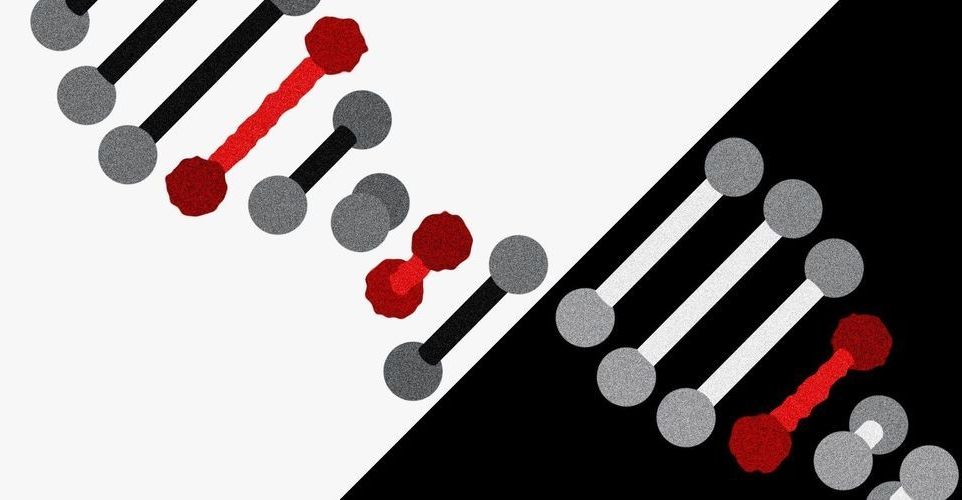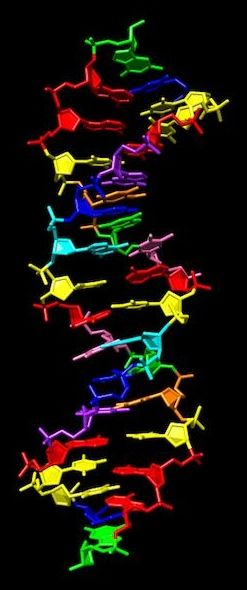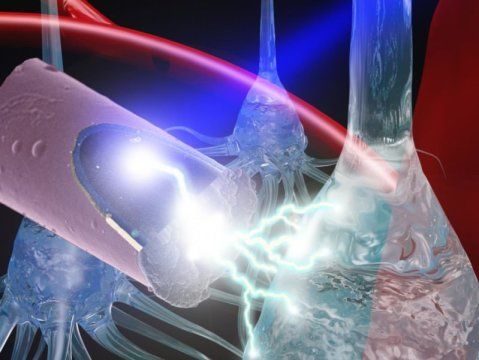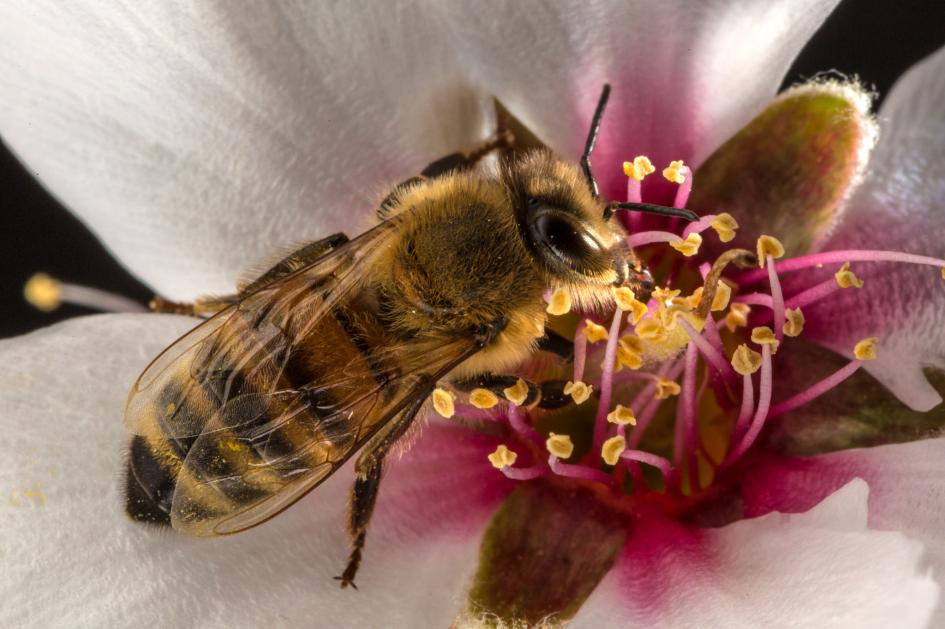Archive for the ‘bioengineering’ category: Page 146
Mar 4, 2019
First CRISPR therapy administered in landmark human trial
Posted by Quinn Sena in categories: bioengineering, biotech/medical
The first confirmed CRISPR gene editing clinical trial to take place outside of China is officially underway, after pharmaceutical companies CRISPR Therapeutics and Vertex revealed a human patient has been administered the experimental treatment targeting a rare blood disease.
Feb 28, 2019
Poll: Two Thirds of Americans Support Human Gene Editing to Cure Disease
Posted by Paul Battista in categories: bioengineering, biotech/medical, government, health
Questions about using technologies like CRISPR to gene edit human embryos gained immediacy last month, when Chinese scientists claimed to have edited the genes of two babies in order to protect them against HIV — a move that prompted an international outcry, but also questions about when the technology will be ready for human testing.
“People appear to realize there’s a major question of how we should oversee and monitor use of this technology if and when it becomes available,” Columbia University bioethicist Robert Klitzman told the AP of the new research. “What is safe enough? And who will determine that? The government? Or clinicians who say, ‘Look, we did it in Country X a few times and it seems to be effective.
READ MORE: Poll: Edit baby genes for health, not smarts [Associated Press].
Continue reading “Poll: Two Thirds of Americans Support Human Gene Editing to Cure Disease” »
Feb 28, 2019
Gene Editing Is Trickier Than Expected—but Fixes Are in Sight
Posted by Genevieve Klien in categories: bioengineering, biotech/medical
A popular gene editing technique may produce lots of unintended changes to DNA, but the good news is we now have a better way of finding such errors.
Feb 25, 2019
New microfluidics device can detect cancer cells in blood
Posted by Quinn Sena in categories: bioengineering, biotech/medical, computing, neuroscience
Researchers at the University of Illinois at Chicago and Queensland University of Technology of Australia, have developed a device that can isolate individual cancer cells from patient blood samples. The microfluidic device works by separating the various cell types found in blood by their size. The device may one day enable rapid, cheap liquid biopsies to help detect cancer and develop targeted treatment plans. The findings are reported in the journal Microsystems & Nanoengineering.
“This new microfluidics chip lets us separate cancer cells from whole blood or minimally-diluted blood,” said Ian Papautsky, the Richard and Loan Hill Professor of Bioengineering in the UIC College of Engineering and corresponding author on the paper. “While devices for detecting cancer cells circulating in the blood are becoming available, most are relatively expensive and are out of reach of many research labs or hospitals. Our device is cheap, and doesn’t require much specimen preparation or dilution, making it fast and easy to use.”
The ability to successfully isolate cancer cells is a crucial step in enabling liquid biopsy where cancer could be detected through a simple blood draw. This would eliminate the discomfort and cost of tissue biopsies which use needles or surgical procedures as part of cancer diagnosis. Liquid biopsy could also be useful in tracking the efficacy of chemotherapy over the course of time, and for detecting cancer in organs difficult to access through traditional biopsy techniques, including the brain and lungs.
Continue reading “New microfluidics device can detect cancer cells in blood” »
Feb 25, 2019
Fighting Aging With Stress, Randomness, Complexity and Usefulness — Dr. Marios Kyriazis — Ira Pastor
Posted by Ira S. Pastor in categories: aging, bioengineering, biological, bioprinting, biotech/medical, cosmology, DNA, evolution, genetics, health

Feb 22, 2019
Hachimoji DNA doubles the genetic code
Posted by Genevieve Klien in categories: bioengineering, biotech/medical, evolution, genetics
Researchers in the US have built an “alien” DNA system from eight building block letters, so expanding the genetic code from four and doubling its information density. The new system meets all of the requirements for Darwinian evolution and can also be transcribed to RNA. It will be important for future synthetic biology applications and expands the scope of molecular structures that might be capable of supporting life, both here on Earth and more widely in the universe.
One of the main characteristics of life is that it can store and pass on genetic information. In modern-day organisms, this is done by DNA using just four building blocks: guanine, cytosine, adenine and thymine (G, A, C and T). Pairs of DNA strands form a double helix with A bonding to T and C bonding to G.
Four more building blocks .
Feb 19, 2019
Bioengineers create ultrasmall, light-activated electrode for neural stimulation
Posted by Quinn Sena in categories: bioengineering, biotech/medical, neuroscience
Neural stimulation is a developing technology that has beneficial therapeutic effects in neurological disorders, such as Parkinson’s disease. While many advancements have been made, the implanted devices deteriorate over time and cause scarring in neural tissue. In a recently published paper, the University of Pittsburgh’s Takashi D. Y. Kozai detailed a less invasive method of stimulation that would use an untethered ultrasmall electrode activated by light, a technique that may mitigate damage done by current methods.
Feb 19, 2019
Without Bugs, We Might All Be Dead
Posted by Quinn Sena in categories: bioengineering, economics, existential risks, food, genetics
There are 1.4 billion insects for each one of us. Though you often need a microscope to see them, insects are “the lever pullers of the world,” says David MacNeal, author of Bugged. They do everything from feeding us to cleaning up waste to generating $57 billion for the U.S. economy alone.
Today, many species are faced with extinction. When National Geographic caught up with MacNeal in Los Angeles, he explained why this would be catastrophic for life on Earth and why a genetically engineered bee could save hives—and our food supply—worldwide.
Feb 19, 2019
Studying evolution to banish ageing — a new frontier in gerontological drug development
Posted by Ira S. Pastor in categories: aging, bioengineering, biological, biotech/medical, DNA, evolution, futurism, genetics, health, life extension
















